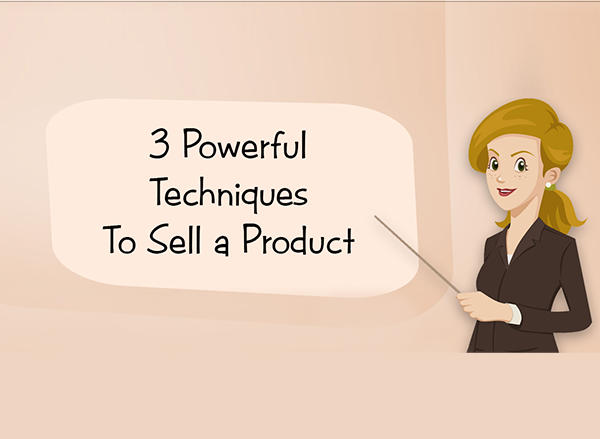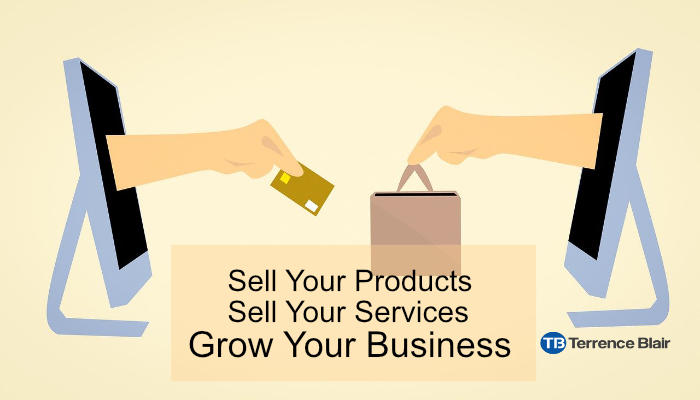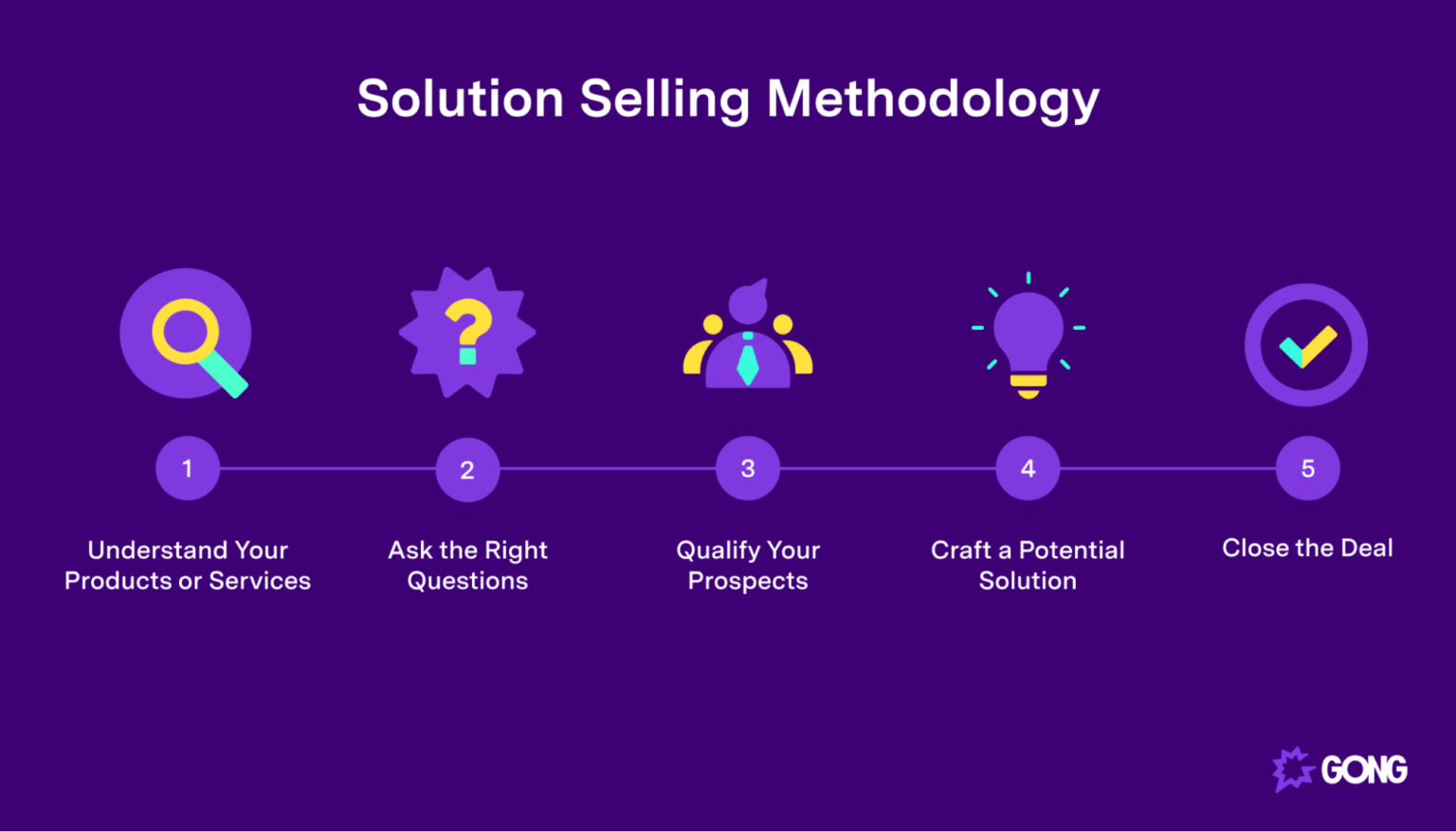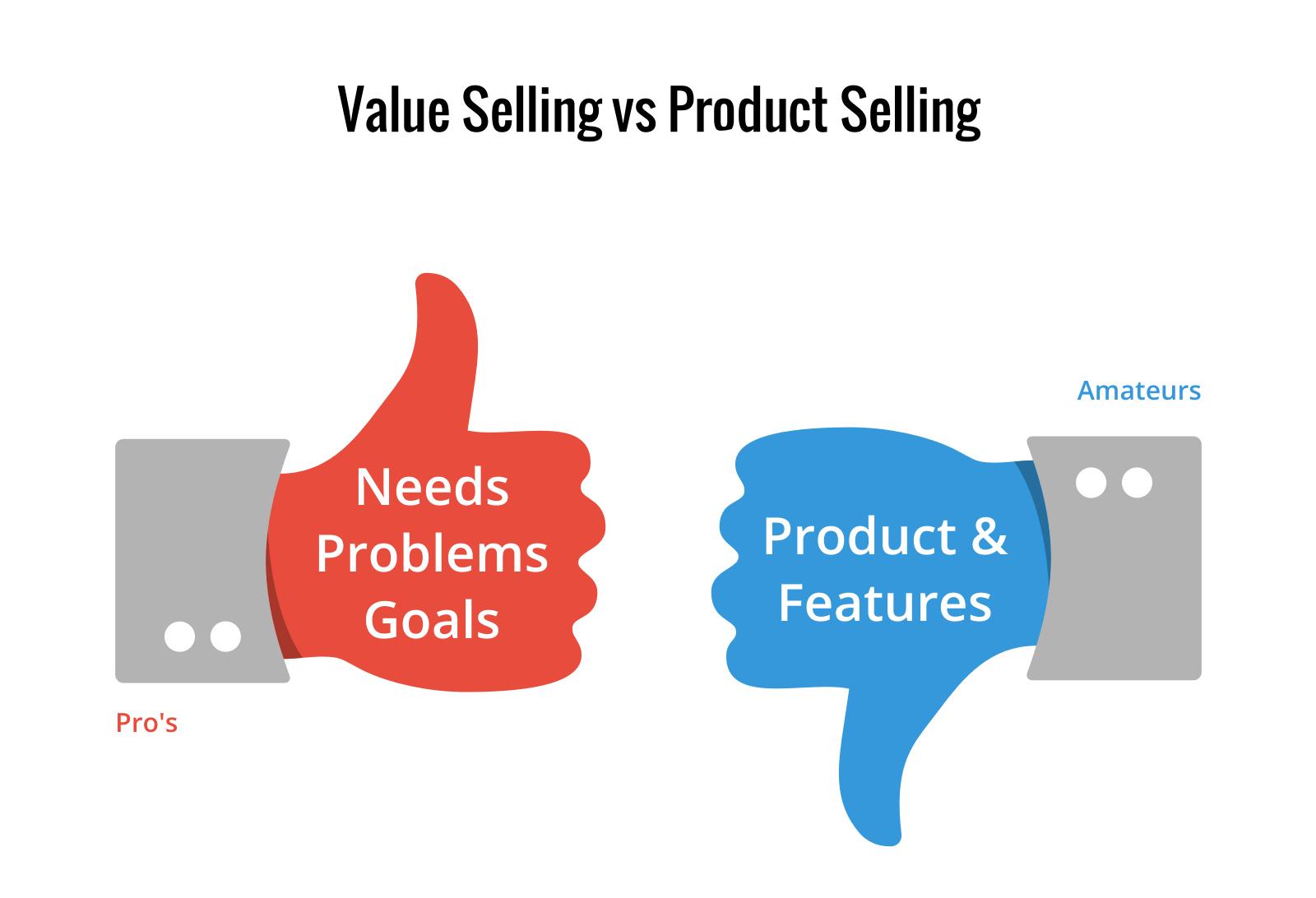Unlocking the Power of "Why": A Guide to Selling Your Product or Service
![]()
You’ve poured your heart and soul into crafting a product or service. You believe in its potential to solve problems, enhance lives, and make a difference. But how do you translate that passion into compelling sales copy that resonates with your ideal customer?
The answer lies in understanding the fundamental principles of product marketing and sales. This isn’t about simply listing features; it’s about weaving a narrative that showcases the benefits your product or service delivers and how it directly addresses your customer’s needs and desires.

Let’s break down the key elements of crafting a persuasive sales message:
1. Define Your Ideal Customer:
Before you can effectively communicate your product’s value, you need to understand who you’re talking to. This involves creating a detailed customer persona, encompassing:

- Demographics: Age, gender, location, income, education, occupation.
- Psychographics: Values, beliefs, interests, hobbies, lifestyle, personality traits.
- Pain Points: What challenges, frustrations, or problems do they face?
- Motivations: What are their goals, aspirations, and desires?
- Decision-Making Process: How do they research and make purchasing decisions?



2. Identify Your Product’s Unique Selling Proposition (USP):
What makes your product or service stand out from the competition? What is the one thing that sets you apart and makes you truly unique?

3. Translate Features into Benefits:

Features are the technical specifications of your product. Benefits are the tangible results your customer will experience by using your product. Focus on highlighting the "what’s in it for me?" factor for your customer.
Example:

- Feature: "Our software uses AI-powered algorithms."
- Benefit: "Our software helps you automate repetitive tasks, saving you time and increasing productivity."

4. Craft a Compelling Narrative:
Storytelling is a powerful tool in sales. Instead of simply listing features, weave a narrative that connects with your customer’s emotions and resonates with their needs.

Example:
Instead of saying, "Our furniture is made with high-quality materials," you could say, "Imagine waking up to the soft embrace of our handcrafted bed, made with sustainably sourced wood and ethically sourced materials, knowing you’ve made a responsible choice for your home and the environment."

5. Use Visuals and Storytelling:
Visuals are a powerful way to engage your audience and make your message more memorable. Use high-quality images, videos, and infographics to illustrate your product’s features and benefits.
6. Focus on Customer Testimonials and Social Proof:

Social proof is a powerful form of persuasion. Share positive customer reviews, testimonials, and case studies to build trust and credibility.
7. Address Common Objections:
Anticipate potential objections your customers might have and address them proactively. This demonstrates transparency and builds trust.
8. Call to Action:
Clearly state what you want your customer to do next. This could be visiting your website, signing up for a free trial, or making a purchase.
Example:
- "Click here to learn more about our product."
- "Download our free ebook to discover the secrets of successful interior design."
- "Schedule a free consultation with one of our expert architects."
Now, let’s dive deeper into how to apply these principles to your specific product or service. To help me understand your needs, tell me about your product or service. What are its key features? What are the problems it solves? Who is your ideal customer?
Once you provide me with this information, I can help you craft a compelling sales message that will resonate with your target audience and drive conversions.

